

We all eat food because it provides the fundamental types of materials required to keep our bodies functioning. These materials can be categorised as: macronutrients – carbohydrates, proteins ...
READ MORE

A number of scientific studies have shown that high consumption of fruits and vegetables correlates with good health and lower incidence of diseases like cancer and cardiovascular disease It has ...
READ MORE

High-value nutrition food exports are worth more than $20 billion per year to the New Zealand economy. Many consumers are willing to pay more for foods with health benefits. However, the health ...
READ MORE

In this activity, students qualitatively analyse common foods such as breakfast cereals, parsley and raisins for the presence of the micronutrient iron, which involves a colorimetric comparison ...
READ MORE

In this activity, students quantitatively analyse carrot and banana for moisture content and total solids using and comparing two drying methods. By the end of this activity, students should be ...
READ MORE
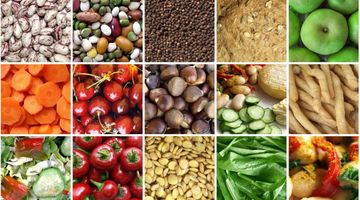
In this activity, students use a simple paper chromatography method to separate and identify the components present in commercially available food colouring. Use the extension ideas to build ...
READ MORE

Be part of a worldwide movement and use Global Earth Challenge to submit or classify photos to help our planet’s environment and human health. Global Earth Challenge is a citizen science campaign ...
READ MORE
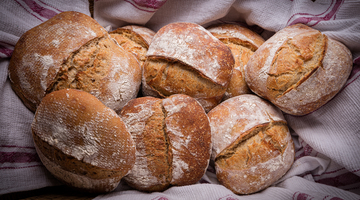
Capture wild microbes and turn them into bread – for science! This is a project you could do with your students in the classroom or they can do at home. Microbes are found in every environment on ...
READ MORE
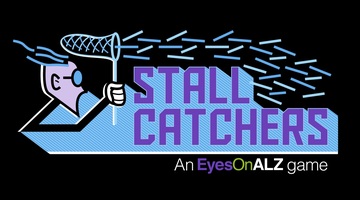
Alzheimer’s disease is an irreversible, progressive brain disorder that slowly destroys memory and thinking skills and eventually even the ability to carry out the simplest tasks. In this online ...
READ MORE

Students develop knowledge of new technology that enables fish oil to be added to food without a fishy taste or smell and design an advertisement to promote an omega-3 enriched food. Purpose To ...
READ MORE

This unit plan guides students to design a working model of part of the human digestive system that can be built in the classroom. Purpose Design a model of the mechanical, chemical and ...
READ MORE
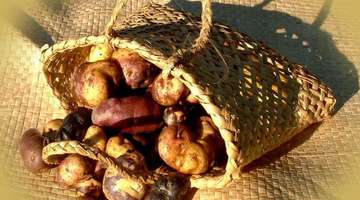
Students develop knowledge of prototype taewa products and design a label that reflects the cultural value and specified market for the product. Purpose Understand the attributes and benefits of ...
READ MORE
Dr John Ingram is a senior research scientist with Plant & Food Research, Auckland. The key goals for the project are the development of foods and food ingredients with optimised levels of ...
READ MORE
What characteristics do people use to tell whether something is fresh? Why is this important when you are making new foods?
READ MORE
Dr David Stevenson, a senior scientist with Plant & Food Research, defines the term phytochemical and explains some of the actions a class of phytochemicals called polyphenols have within the ...
READ MORE
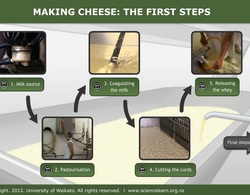
This interactive explains the first steps in the process of making traditional Gouda cheese.Click on the labels to watch the videos and for more information. Find out more about the final steps ...
READ MORE
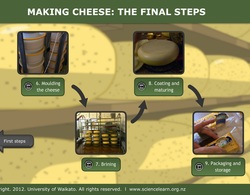
This interactive explains the final processes involved in making traditional Gouda cheese. Click on the labels for more information. Find out more about the initial steps in the cheese making ...
READ MORE
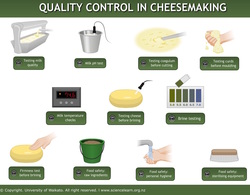
In this interactive Miel Meyer explains some of the processes for managing cheese quality in making traditional Gouda cheese. Click on the labels to watch the videos and for more information ...
READ MORE